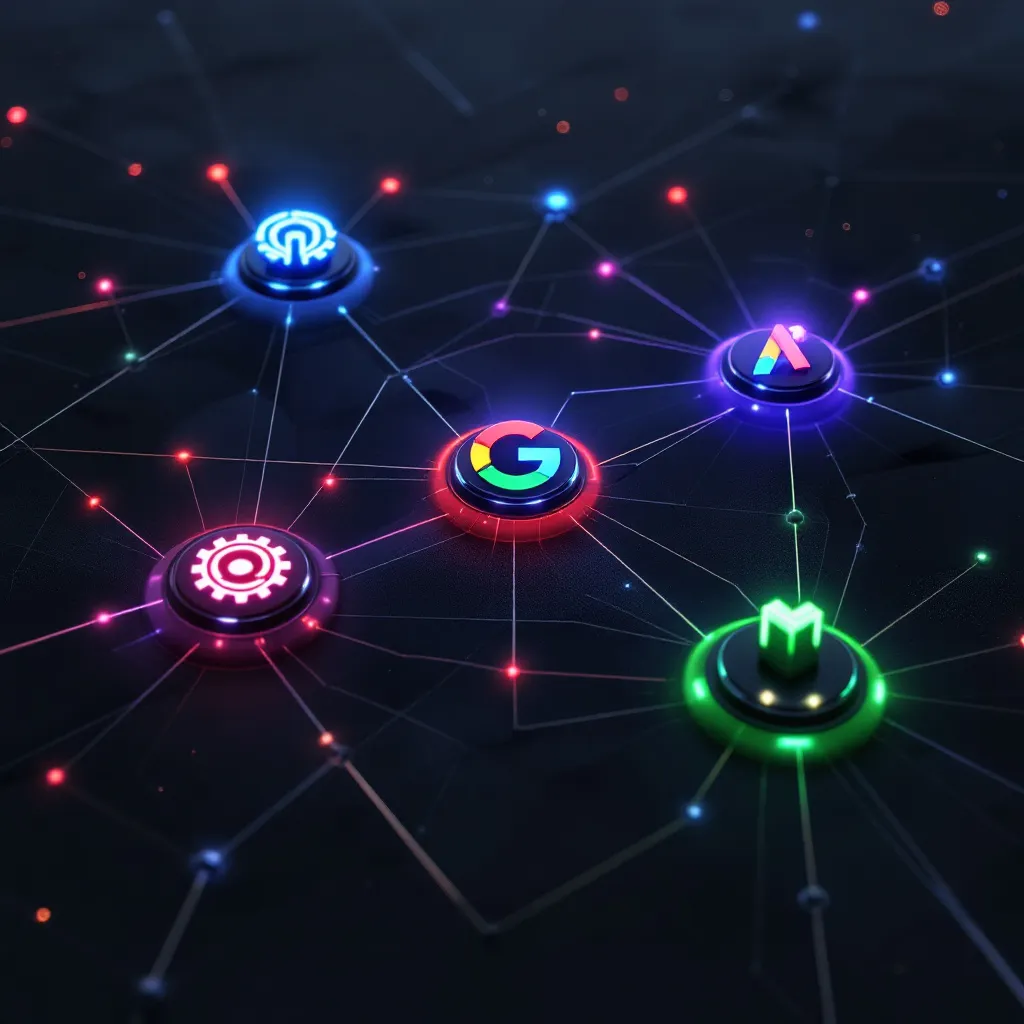The game-changing advancements in AI are completely transforming how we build and deploy software products.
We’re not just talking about minor improvements here. AI is fundamentally changing the speed and efficiency of MVP development. With AI-powered development tools like Cline and Cursor, developers can now write code faster and with fewer errors, cutting development cycles significantly.
Here’s the thing – the traditional approach of needing large teams for SaaS development is being disrupted. AI is enabling smaller, more agile teams to accomplish what previously required significant human resources. For example, AI can now handle:
- Automated code generation and testing
- Data analysis and pattern recognition
- User behavior prediction
- Infrastructure scaling
- Customer support automation
The way I see it, this shift is creating a perfect storm for rapid MVP development. Let’s connect the dots – AI tools are handling the heavy lifting in areas like:
Development Acceleration
AI assistants can generate boilerplate code, suggest improvements, and catch bugs early in the development cycle.
Infrastructure Management
Cloud platforms with AI capabilities automatically handle scaling and resource optimization, reducing the need for dedicated DevOps teams.
Customer Intelligence
AI-powered analytics provide instant insights into user behavior, allowing faster iteration based on real data.
Absolutely game-changing is how AI is transforming the testing and QA process. Machine learning algorithms can now predict potential issues before they occur and automatically generate test cases, significantly reducing the time needed for quality assurance.
Game Plan for Modern SaaS Development
- Leverage AI-powered development tools from day one
- Implement automated testing and deployment pipelines
- Use AI for real-time monitoring and optimization
- Focus human resources on creative and strategic tasks
The big picture is that AI isn’t just making development faster – it’s making it smarter. According to recent studies, businesses using AI for development see a boost in efficiency and a reduction in operational costs.
However, it’s crucial to note that while AI is revolutionizing development, it’s not completely replacing human developers. Instead, it’s augmenting their capabilities and allowing them to focus on higher-value tasks like architecture decisions and user experience design.
Let’s roll with an example: A startup using AI-powered tools can now develop and deploy an MVP in weeks rather than months, with a team half the size of what would have been needed just a few years ago. The AI handles routine coding tasks, automated testing, and initial user support, while the human team focuses on core functionality and user experience.
Looking ahead, Microsoft CEO Satya Nadella predicts that AI agents will transform SaaS development even further, potentially changing how we think about business applications entirely. The future points toward AI-native applications where traditional backend systems might be replaced by more flexible, AI-driven architectures.
This is a perfect time for SaaS entrepreneurs to embrace AI-powered development. By incorporating these tools and approaches now, you can significantly reduce time-to-market while maintaining high-quality standards. The beauty of it all? You can achieve more with less, making your MVP development process leaner and more efficient than ever before.









